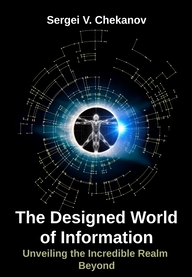 | Science, Technology and Computation |
Synchronicity in the Coincidence of Pope Francis
May 20, 2025 Reading time: 6 minutes
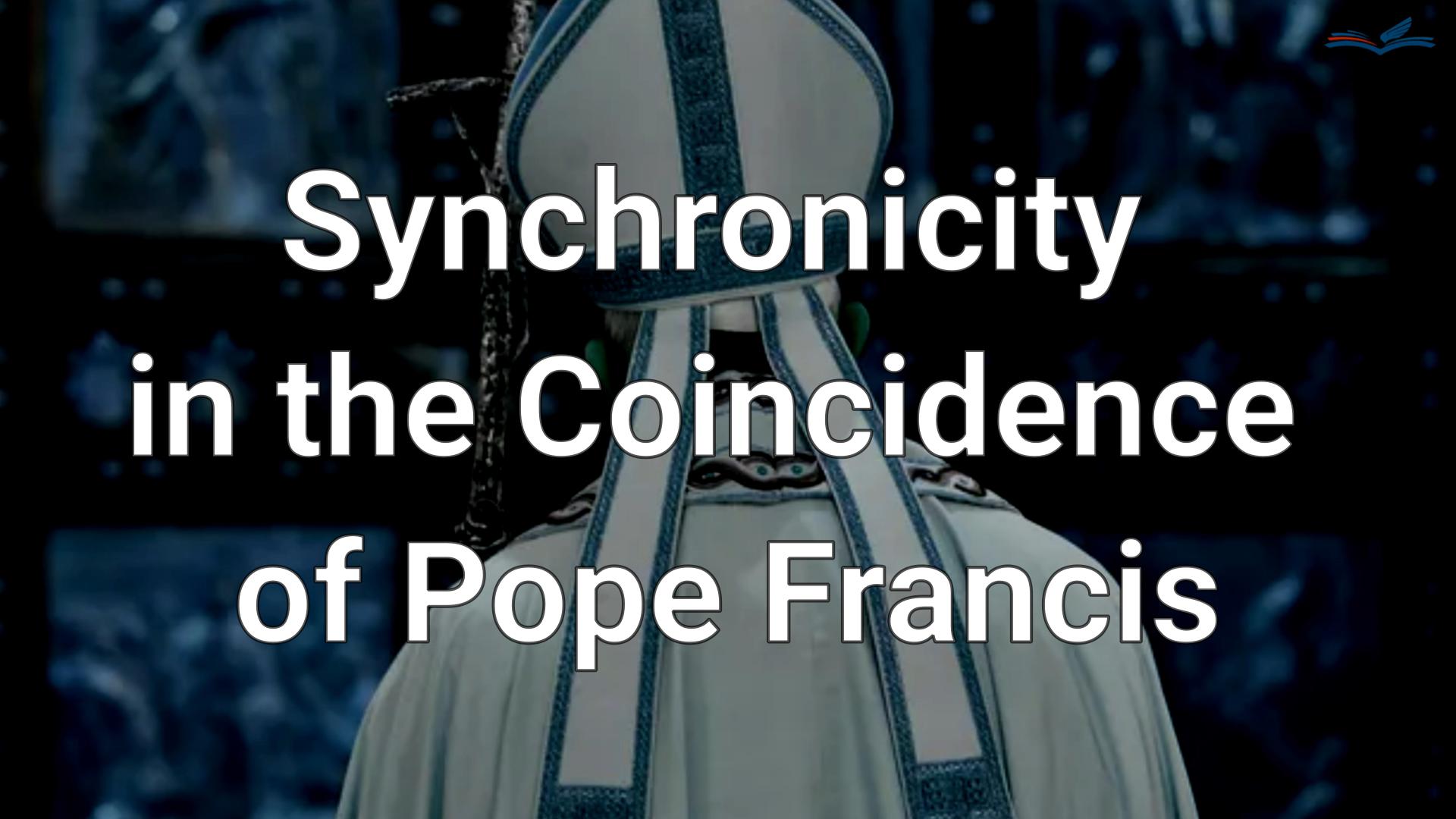
Among the many things you cannot be certain of, there is one truth you can hold onto: your life is not a random fluke of chance. Our life paths are infused with events that lack apparent causal connection - we call them coincidences. When we witness them, we may begin to realize they point to something deeper, something that lies beneath the visible surface of this world - in the vast expanse of space and time - a presence that is not indifferent to our fates.
Understanding the Role of IPv4 Proxies in Web Automation and Data Collection
May 13, 2025 Reading time: 3 minutes
IPv4 proxies remain one of the most widely used tools in digital infrastructure, powering everything from anonymous browsing to large-scale automation operations. Despite the gradual rollout of IPv6, the global demand for IPv4 proxies has not declined. In fact, the limited availability of IPv4 addresses has made them even more valuable in applications such as web scraping, ad verification, SEO monitoring, and social media management. Businesses, developers, and agencies that rely on scalable and stable connectivity understand the importance of sourcing high-quality IPv4 proxies-but selecting the right provider continues to be a challenge.
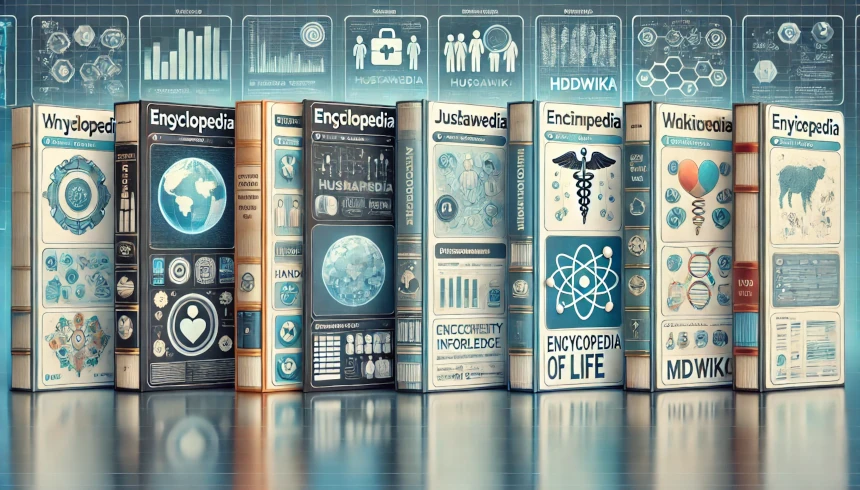
Top 6 Wikipedia Alternatives You Should Know About in 2025
May 13, 2025 Reading time: 8 minutes
As of 2025, Wikipedia remains the world's largest information resource, maintained by communities of volunteers. In recent years, however, it has become increasingly restrictive, marked by a lack of meaningful community engagement, systemic biases, and tight control by users with administrative privileges.
However, there are also plenty of alternative wiki-style encyclopedias that follow somewhat different publication strategies. Other encyclopedic resources are usually smaller in size, but they are typically focused on specific areas of expertise. These are often managed by non-profit organizations or individuals with significant knowledge in their respective fields. In many cases, they also follow alternative content publication policies and have established dispute resolution mechanisms -both of which have become increasingly important for resources edited by large communities of experts.
The Rise of Scientific Neo-Romanticism
May 10, 2025 Reading time: 3 minutes
Romanticism, also known as the Romantic era or movement, emerged in Europe in the late 18th century as a powerful reaction against the rationalism of the Enlightenment and the mechanization brought on by the Industrial Revolution. More than a mere artistic trend, Romanticism was a sweeping intellectual and cultural movement that reshaped literature, art, music, and philosophy.
The Brain, Consciousness, and the Realm of Limitless Possibilities
May 2, 2025 Reading time: 7 minutes
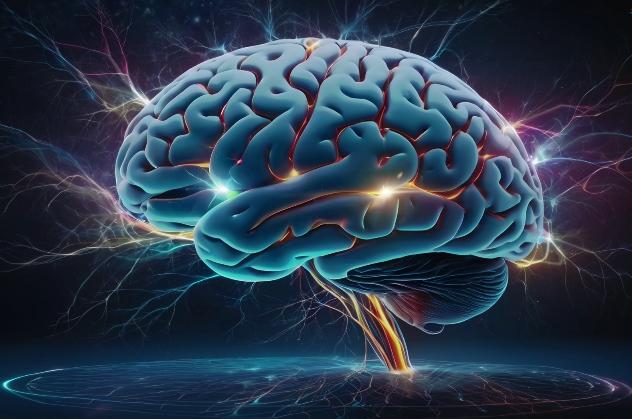
Introduction to the YouTube story The Brain, Consciousness, and the Realm of Limitless Possibilities.
It has long been believed that the brain is a generator of thoughts - a computer that processes information received from our senses. It collects, organizes and modifies sensory data, builds experience, and ultimately produces bodily actions. For materialists, the mind is purely computational - capable of reasoning and problem-solving, or what is commonly referred to as intelligence, but nothing beyond that. In this view, consciousness is merely a subjective illusion generated by computations - much like the music that emerges from the spinning of a vinyl record. Our entire inner experience - our sense of self-awareness - is considered nothing more than an illusion.
Did We Observe a Synchronicity in the Coincidence of Pope Francis’s Death?
April 27, 2025 Reading time: 6 minutes
Recently, we witnessed a strange coincidence: Pope Francis passed away at the age of 88 at 2:35 a.m. (Argentina time) on April 21, 2025. Interestingly, the symbolic sum of the numbers "88 + 2 + 35" coincides with the membership card number 88235 from his favorite soccer team, San Lorenzo de Almagro (Argentina) [1]. This might represent a synchronicity event, but it requires a careful calculation to assess the probability that such a coincidence could occur purely by chance.
We remind that noticing coincidences in people's lives is not unusual. It can often be explained by the law of large numbers: given the vast number of people and events happening all the time, it is statistically normal for coincidences to occur. However, coincidences become intriguing when they occur within a small, carefully selected group of people chosen independently of any search for coincidences - especially when these individuals are connected through meaningful relationships.
The Incredible Voyage inside a Flower
April 24, 2025 Reading time: 4 minutes

The incredible voyage inside the flower (YouTube video story).
We find ourselves at a point where many explanations rooted solely in the randomness of the material world no longer suffice.
Imagine we are journeying through the heart of a beautiful flower. At first, we encounter biological cells forming their internal structure. Within these cells, intricate systems emerge - long, specialized molecules working together to carry out complex tasks. They convert chemical elements into energy, defend the organism from external threats, and enable reproduction. In essence, they animate matter.
What compels these molecules to perform such precisely organized operations? Why do they "care" about sustaining the life of an organism composed of otherwise lifeless matter? These questions remain beyond our current understanding.
The Ultimate Guide to Embedded Processors and Controllers
April 23, 2025 Reading time: 11 minutes

Imagine a future where every device-from your smartwatch to autonomous vehicles-is intelligent, responsive, and seamlessly connected. At the core of this transformation are embedded processors and controllers. These specialized microchips are the silent orchestrators of the digital age, bringing computational power to everyday objects and industrial machines alike.
Embedded processors and controllers are integral to modern electronics. They empower devices to perform real-time operations efficiently and reliably. As we explore this field, we'll trace the evolution of embedded systems, examine the major types of processors and controllers, delve into their design and integration, and highlight their revolutionary role across industries-from smart homes to aerospace. Whether you're an engineer or a curious technophile, understanding embedded computing is key to grasping the forces shaping our digital future.
Extending a Headless CMS with Microservices Architecture
April 16, 2025 Reading time: 13 minutes
With digital experiences becoming increasingly complex and diverse, companies need platforms that can quickly scale and work with various technologies. By extending a headless CMS with a microservices approach, companies gain the scalability, dependability, and flexibility needed for success. This article explores the connection between microservices and a headless CMS solution to determine how companies can possess digital diversity and management simplicity without sacrificing effective operation.
Coincidence in Unimaginable Scales of the Universe
March 27, 2025 Reading time: 7 minutes
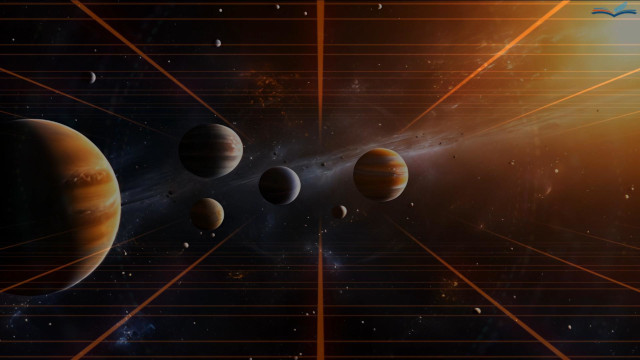
This story is created for the YouTube video with the title "Coincidence in Unimaginable Scales of the Universe".
In our world, a few numbers describe the sizes of the most important objects and phenomena. Among them are the sizes of a proton, DNA, a human, the Moon, the Earth, the Sun, the Solar System, the Galaxy, and the observable Universe - only a dozen numbers. Any coincidences among these numbers should spark interest because the number of possibilities is limited. One cannot dismiss strange events as mere play of chance or numerology without first examining the total number of random occurrences. And for a set of just a dozen numbers, meaningful coincidences typically indicate an underlying fundamental regularity.
Are You Truly Alive if This World is a Simulation?
March 17, 2025 Reading time: 8 minutes
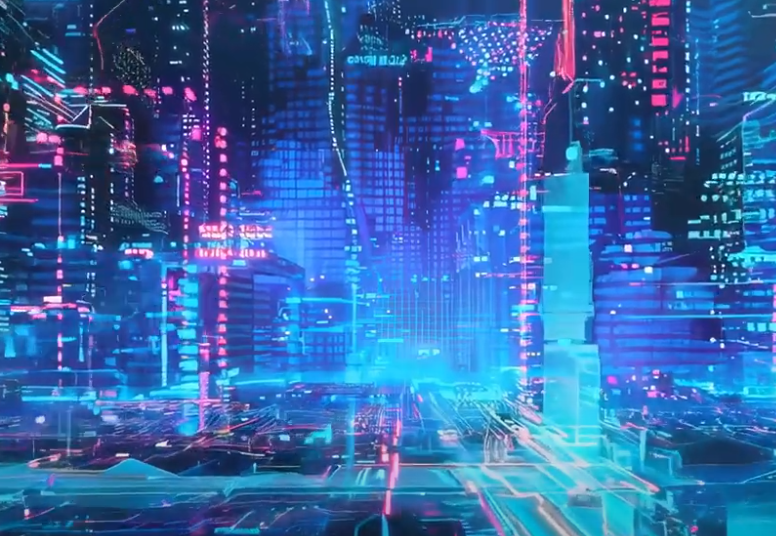
This story was created for the YouTube Video: Are You Truly Alive if This World is a Simulation?
There has been intense public debate about the nature of reality. Some philosophers, like Nick Bostrom, argue that future civilizations will be capable of running computer simulations in such vast numbers that the probability of us existing within one of these simulated universes is extremely high.
According to this hypothesis, our world is akin to a computer game - a simulation of a reality populated by conscious beings. It operates on a computational system that exists outside our perceived universe. This is not merely an abstract idea; multiple pieces of evidence suggest its plausibility.
The Fine Structure of the World — 137
March 12, 2025 Reading time: 7 minutes
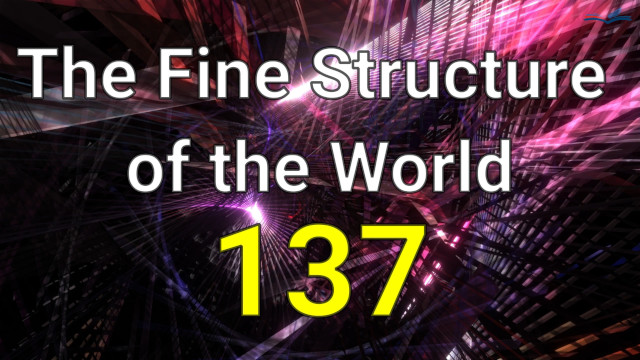
A transcript of the YouTube video story The Fine Structure of the World.
If the universe did not emerge from an infinite chaos of random possibilities, then it must be woven with abstract patterns and intrinsic regularities - faint traces of a grand design. The laws of nature are but glimpses of a deeper blueprint, waiting to be uncovered. And we, beings with consciousness, guided by the same vision that shaped this design, are here to reveal its mysteries.
Sleep and Dreams: The Gates to the Unknown
March 5, 2025 Reading time: 7 minutes

Every day our consciousness "shuts off" for an extended period. We do not see, hear, or feel. It is as if we enter another world. Upon waking, one might ask: Where have I been all this time? And if you wake someone abruptly in the night, they often struggle to recognize which world they are in.
Sleep is so ordinary that we seldom question its true nature. And when we do this, science is here to provide the explanation: Sleep is a time for our body's recovery, a phase for "memory consolidation," during which the brain processes and stabilizes experiences. But is this a complete answer? How can science explain something to which it has no direct access - our inner self?
The Mysterious Pattern Inside the Pi (π) Constant
February 26, 2025 Reading time: 7 minutes
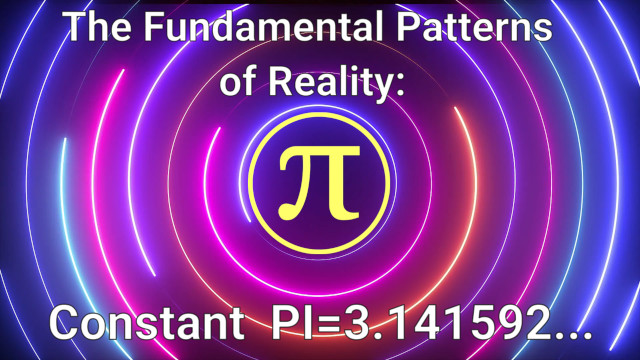
Watch YouTube video based on this story about the constant PI.
The universe around you holds secrets, often hidden within mathematical constants. These constants are so deeply woven into the fabric of existence that we frequently overlook just how extraordinary they truly are.
Consider the ratio of a circle's circumference to its diameter. This ratio is the constant known as π, with a value of approximately 3.14. It is an 'irrational' number, meaning that its decimal representation never ends, nor enters a repeating pattern. This constant cannot be expressed as a simple fraction of two integers. Could there be universes where π is different, say 4? Or perhaps universes where it is not constant at all, but instead a function of the diameter? Why does this world have this particular value of π?
The Hidden Code of the Universe: The Number 6 (six)
February 19, 2025 Reading time: 6 minutes
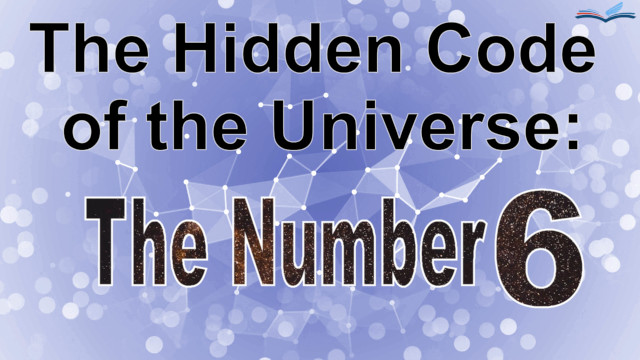
The video story https://youtu.be/ecpH6JcFpfo?si=R9iMuAHZU3vev-ir
By some strange virtue, you find yourself in this universe. It is not only capable of supporting life - allowing you to observe its wonders - but it is also filled with striking coincidences at the very foundation of existence. This world is woven with patterns, regularities, and abstract laws that we discover. All of this points to intricate designs that extend far beyond what is merely necessary for complex life to emerge.
